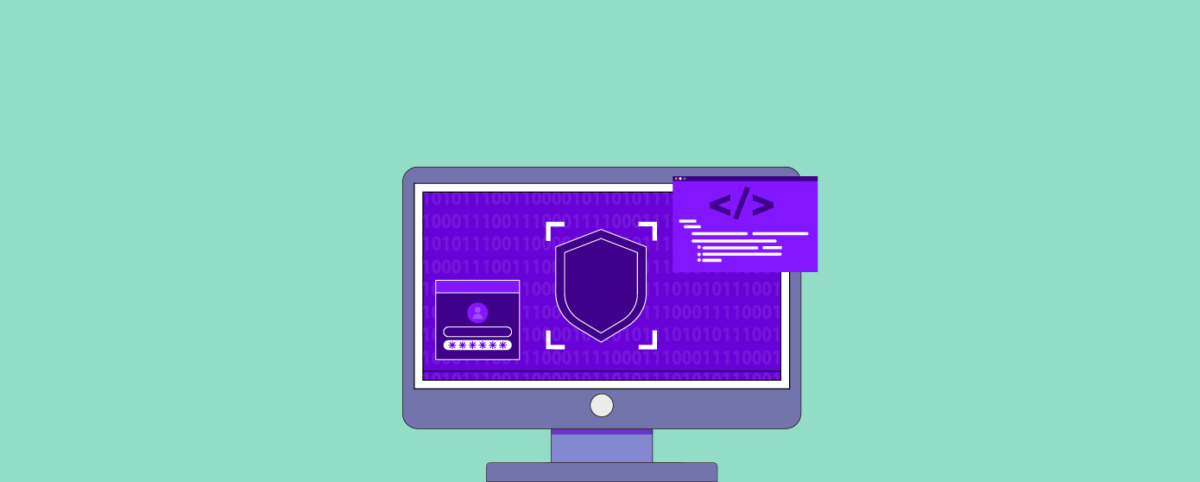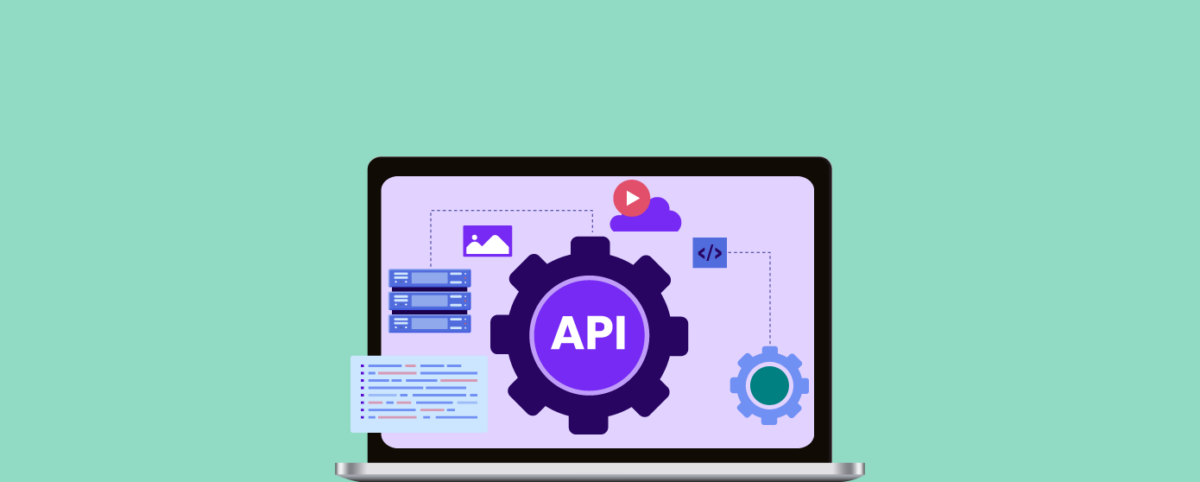Pen Testing for CI/CD Pipelines without Breaking Dev Velocity
Modern engineering teams live and breathe continuous integration and continuous delivery (CI/CD). The goal is to ship fast, iterate quickly, and stay ahead of the competition. But in this speed-first culture, security often takes a backseat. Traditional penetration testing, when done only after a release, can slow down developers and delay innovation.
The good news is that penetration testing can be woven into CI/CD pipelines in a way that strengthens security while keeping development speed intact. By making pen testing part of the workflow rather than a roadblock, organizations can achieve both rapid releases and strong security.
In this blog, let us look at some proven practices to integrate penetration testing into CI/CD pipelines without disrupting velocity.
Why Penetration Testing in CI/CD Matters
Traditional penetration testing is manual and often done late in the software development lifecycle (SDLC), sometimes right before release. This creates bottlenecks, delays, and last-minute fixes. By embedding automated pen testing into your CI/CD pipeline:
- Security becomes proactive: Vulnerabilities are found and fixed earlier in the lifecycle.
- Reduced costs: Fixing vulnerabilities during development is far cheaper than post-release patching.
- Continuous assurance: Every new build is tested, ensuring ongoing protection against emerging threats.
- Developer empowerment: Developers receive actionable insights as part of their workflow.
Key Practices to Seamlessly Integrate Pen Testing
1. Shift Security Left with Pen Testing
Catching vulnerabilities early saves time, cost, and frustration. Shifting security left means running pen tests closer to the development phase instead of leaving them for the end.
- Lightweight scans can be triggered from automated pentest tools before code is merged so developers know immediately if there are security vulnerabilities.
- Developers should also have access to clear pen test reports so they can fix vulnerabilities in the same sprint rather than waiting for a later release cycle.
When pen testing happens early, security becomes part of daily coding instead of a last-minute hurdle.
2. Automate with Pen Testing Tools
Automation is crucial for CI/CD. Incorporate automated testing tools alongside manual pen testing for continuous coverage. By running automated penetration tests during builds or deployments, teams can catch vulnerabilities quickly without slowing down the pipeline.
Automated pen testing software like Indusface WAS ensures every code commit is checked for vulnerabilities.
The test can be triggered automatically during:
- Build stage: Quick scans ensure no known vulnerabilities are introduced.
- Pre-deployment stage: Deeper scans validate the staging environment mirrors production security.
Automation ensures developers get fast feedback and pipelines continue to flow smoothly. Indusface WAS integrates directly into CI/CD pipelines to keep security checks frictionless. When vulnerabilities are detected, it automatically creates tickets in tools like Jira or Bugzilla, giving developers detailed remediation guidance without leaving their workflow. Every vulnerability is tracked end-to-end until resolved, ensuring accountability and visibility throughout the lifecycle.
Checkout Indusface WAS CI/CD integration here.
3. Bring in Manual Pen Testing at Key Checkpoints
Automated tools are great for coverage, but some vulnerabilities can only be caught by human expertise. This is where manual penetration testing adds value.
Manual testing should be scheduled at critical points such as:
- Major product releases or architectural changes.
- Features that handle payments, authentication, or personal data.
- After adding third-party integrations or APIs.
A combined approach of automated and manual pen testing ensures both common and complex vulnerabilities are identified. Indusface WAS delivers this hybrid model seamlessly, automating routine vulnerability checks while also offering expert-driven manual penetration testing. This way, organizations get the speed and scalability of automation along with the depth of human-led assessments, ensuring that even the most sophisticated threats are not overlooked.
4. Make Pen Testing Part of Build Gates
Pen testing should be a natural part of the build approval process. By adding security gates in the pipeline:
- A build cannot move forward until critical vulnerabilities are fixed.
- Teams can set thresholds that allow minor vulnerabilities to pass but stop builds when high-severity vulnerabilities are detected.
- Security checks become as routine as unit tests or code reviews.
This approach ensures only secure code reaches production without creating unnecessary slowdowns.
Prevent delays through tools like SwyftComply, which enable virtual patches for all open vulnerabilities. This approach blocks active exploit attempts instantly thereby, enabling developers to focus on shipping features more efficiently.
5. Build Continuous Monitoring and Feedback Loops
Pen testing should not be treated as a one-time check. Continuous monitoring helps teams catch regressions and new vulnerabilities as the application evolves.
- Automated pen tests can be scheduled regularly on live environments.
- Central dashboards can display results for developers, security teams, and management.
- Feedback loops can highlight recurring issues, helping developers avoid the same mistakes in future code.
By embedding continuous monitoring and feedback, you ensure that vulnerabilities are not just caught during initial builds but throughout the entire lifecycle of the application. This closes the loop between detection, remediation, and verification, turning pen testing from a periodic checkbox into a living, breathing part of your DevSecOps workflow.
Security can no longer be an afterthought. By embedding penetration testing seamlessly into your CI/CD pipeline, you transform it from a one-time activity into a continuous security practice. Automation handles the repetitive checks, while manual testing uncovers the sophisticated attacks automation misses. Together, they ensure your applications are delivered quickly, safely, and with confidence.
Do not let vulnerabilities slip into production. Start your free trial of Indusface WAS and experience automated + manual pen testing built for modern DevSecOps teams.
Stay tuned for more relevant and interesting security articles. Follow Indusface on Facebook, Twitter, and LinkedIn.
Frequently Asked Questions (FAQs)
Penetration testing identifies vulnerabilities in applications and infrastructure before attackers can exploit them. Inside CI/CD, it ensures continuous security checks while keeping up with fast release cycles.
The key is automation. Automated tests run in the background, while manual pen testing is reserved for high-risk changes. This avoids unnecessary delays.
Popular options include Indusface WAS, OWASP ZAP and Burp Suite integrations. These tools ensure vulnerabilities are detected at multiple stages of the pipeline from code commits to pre-deployment and production monitoring.
Automated tests should run continuously with every build or deployment. Manual penetration testing should happen at major release checkpoints or at least quarterly.
Developers are the first line of defense. They fix vulnerabilities highlighted by pen tests, write secure code, and learn from feedback to prevent repeated mistakes.

 August 22, 2025
August 22, 2025






